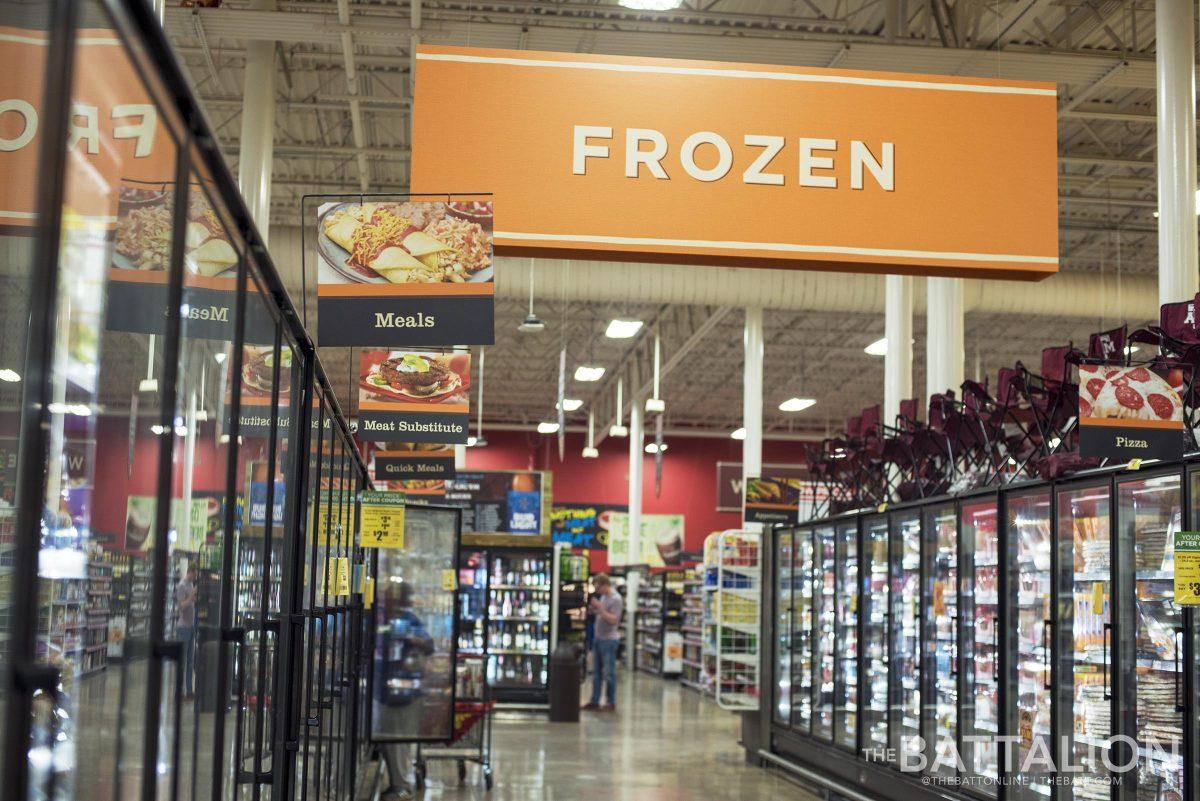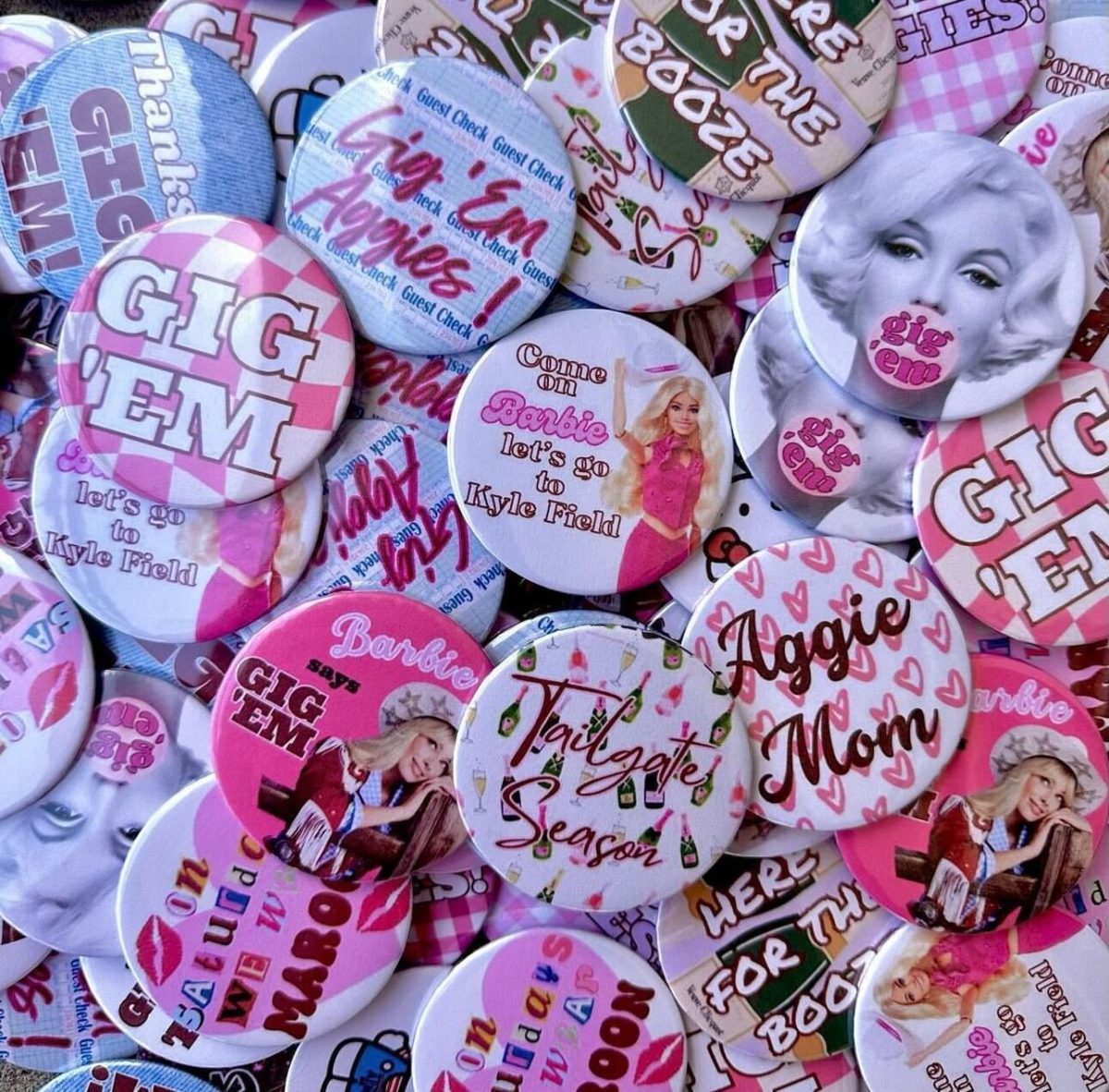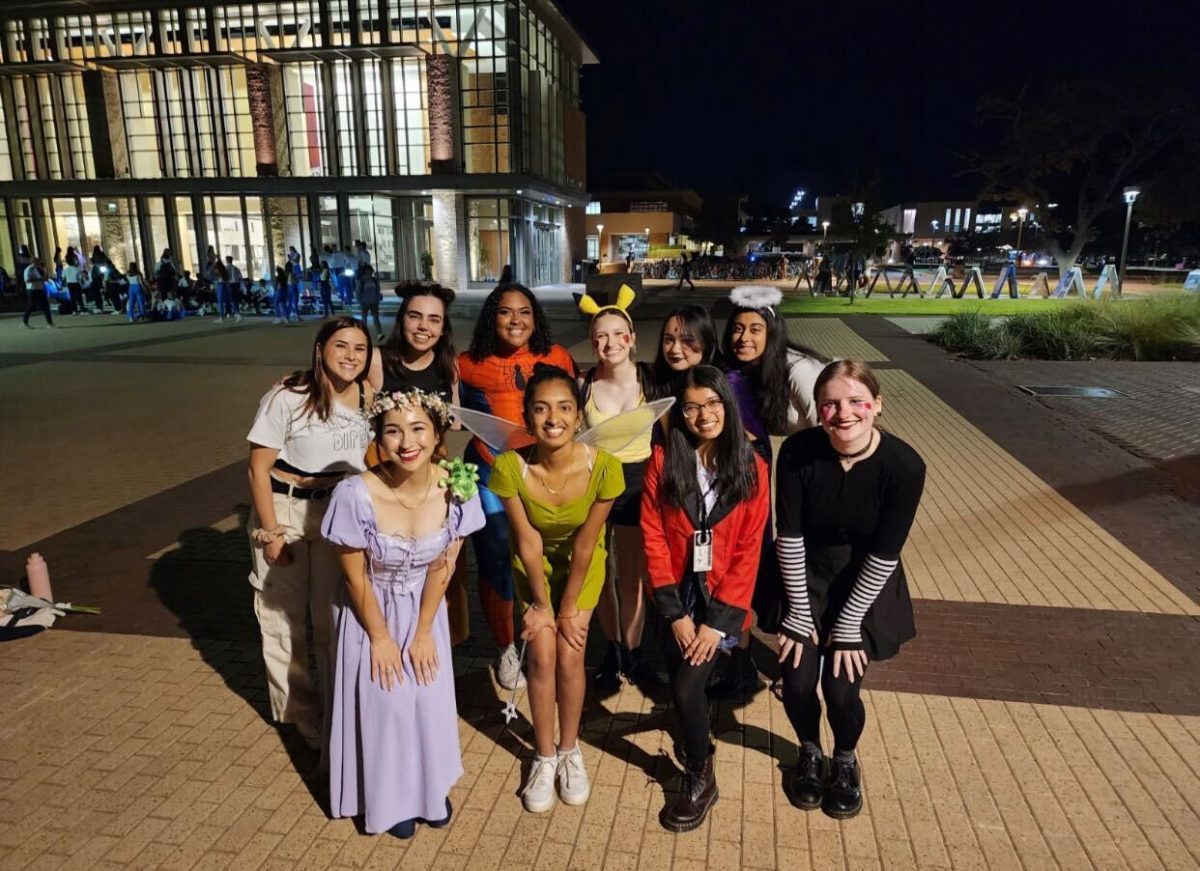Food culture in America is heavily accentuated with an affinity for frozen food, and an official commemoration of such was designated more than 30 years ago in 1984.
With Proclamation 5157, signed by President Ronald Reagan, National Frozen Food Day has been annually celebrated on March 6. This holiday observes the significant contribution to convenience that frozen foods provide its consumers in the United States.
By promoting industrial utilization of freezing in the early 1900s, Clarence Birdseye became the founder of the modern frozen food industry. His development of retail frozen foods introduced customers to a type of food which could increase shelf-life and then allow storage in a home-freezer prior to cooking. According to Rebecca Creasy, nutrition and food science lecturer, Birdseye found his inspiration while living in cold temperatures.
“The way that he first came up with the idea that would actually package and freeze food was by living up North among the Eskimos and Inuits,” Creasy said. “He noticed that by them leaving fish out, the fish would freeze and they could store those over time. He came back to the United States in the early-to-mid-1900s and built the first freezing apparatus.”
According to Thomas Taylor, associate meat science professor, freezing food allows a preservation of food stability and safety by the reduction of heat in a food product. Thus, freezing foods can protect food safety and quality by killing microorganisms over an extended amount of time.
“Freezing a food results in the water in the food freezing into small particles of ice,” Taylor said. “But as ice forms, microorganisms that might cross-contaminate a food are subjected not only to a reduction in temperature, which slows down their metabolism of nutrients, but also concentrates food ingredients to such an extent that the microbes are subjected to severe osmotic stress. This stress results in microorganisms not being able to replicate quickly, or produce toxic compounds, and so food safety and quality is protected by a halting of microbial growth during food’s freezing.”
Taylor said the disadvantages of frozen foods are scarce. Freezing foods have benefited the processors, grocers and consumers in the United States by allowing a transcontinental distribution of food.
“If you think about the variety of frozen foods that are routinely available to consumers in their local groceries, there’s significant opportunity for consumers to access affordable and safe foods that may keep for long periods of time as long as they remain frozen,” Taylor said.
Even though frozen food is processed, that does not make it an unhealthy option, Taylor said.
“The process of freezing helps to stabilize the food, extend its shelf-life so that food can be shipped longer distances while retaining nutritional usefulness, good quality and safety, and can then be prepared for consumption in a healthy, delicious meal,” Taylor said.
Georgia Sides, interdisciplinary studies junior, said she enjoys frozen fruits because of their sweet, yet healthy, taste.
“My favorite frozen food is frozen grapes,” Sides said. “I like them because they are easy to make and a refreshingly healthy snack. I can keep a bunch in the freezer for as long as I want and then enjoy them on a hot summer day.”
A key benefit of frozen fruits and vegetables is the low amount of processing. According to Creasy, once they are harvested, they go through a blanching period, which is a high- temperature short-time treatment that helps to inactivate any enzymes that could destroy nutrients.
Chloe Myers, health junior, said accessibility and convenience are necessary for college students.
“Frozen food is a go-to for me,” Myers said. “By freezing fruits and vegetables, their freshness is maintained. A frozen food I enjoy is green peas. However, I don’t even eat them cooked. I eat then straight from the bag. I know it sounds weird, but it’s actually a great poppable snack that I highly recommend for all pea lovers.”
National Frozen Food Day: celebrating convenient food
March 5, 2018
Photo by Photo by Cassie Stricker
Frozen Food
0
Donate to The Battalion
Your donation will support the student journalists of Texas A&M University - College Station. Your contribution will allow us to purchase equipment and cover our annual website hosting costs.









